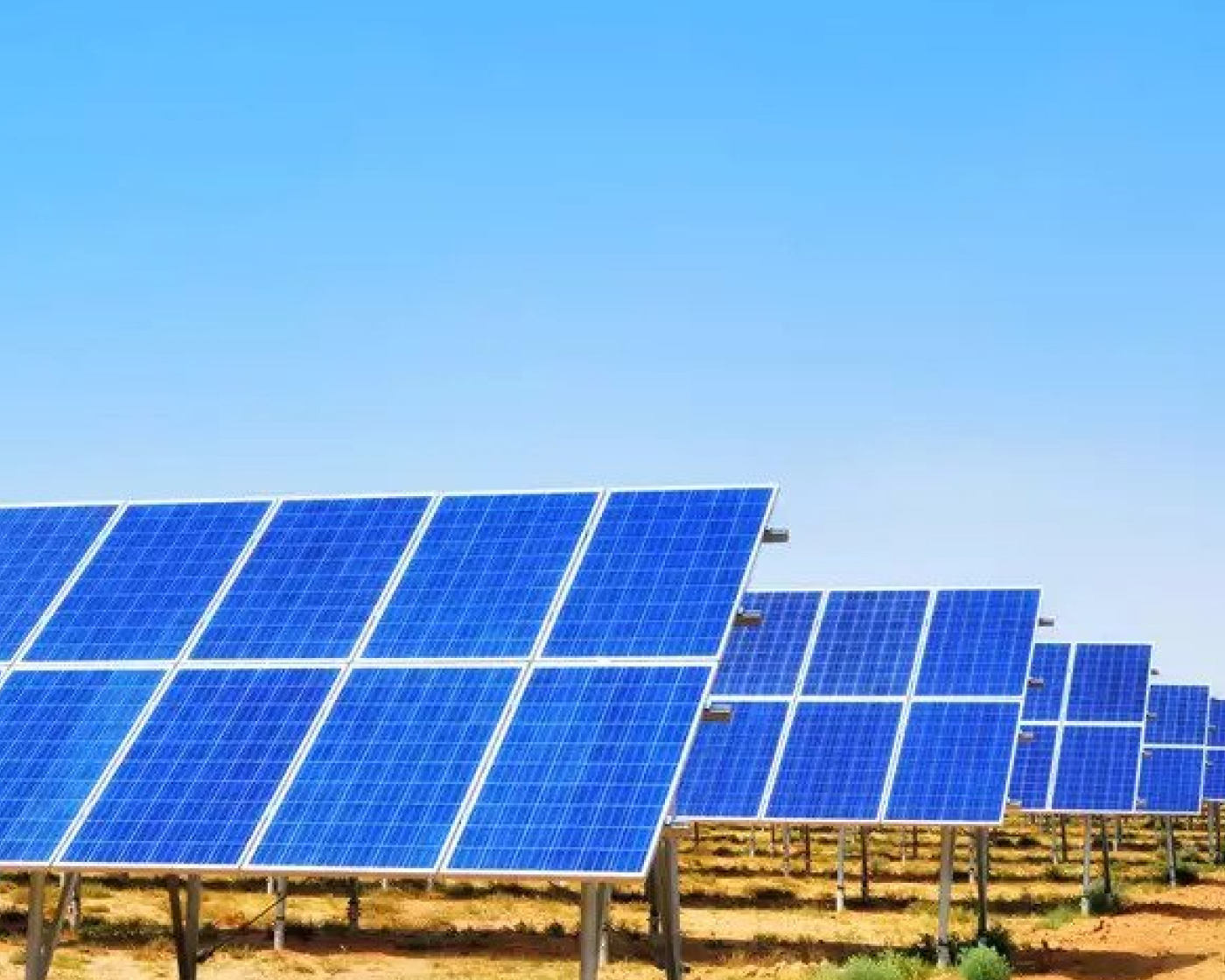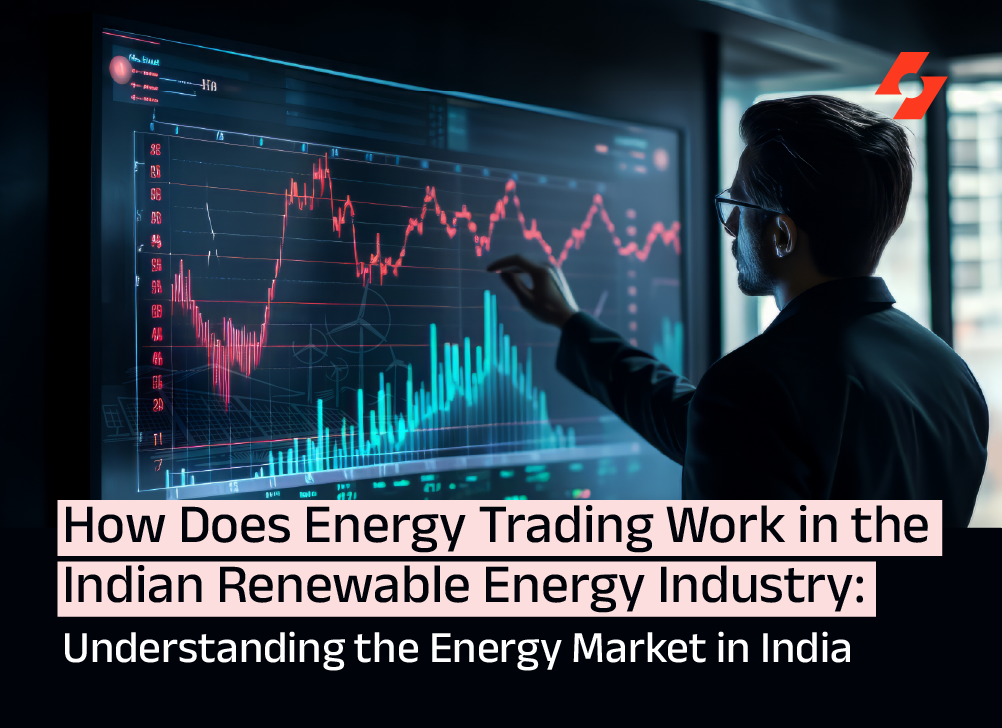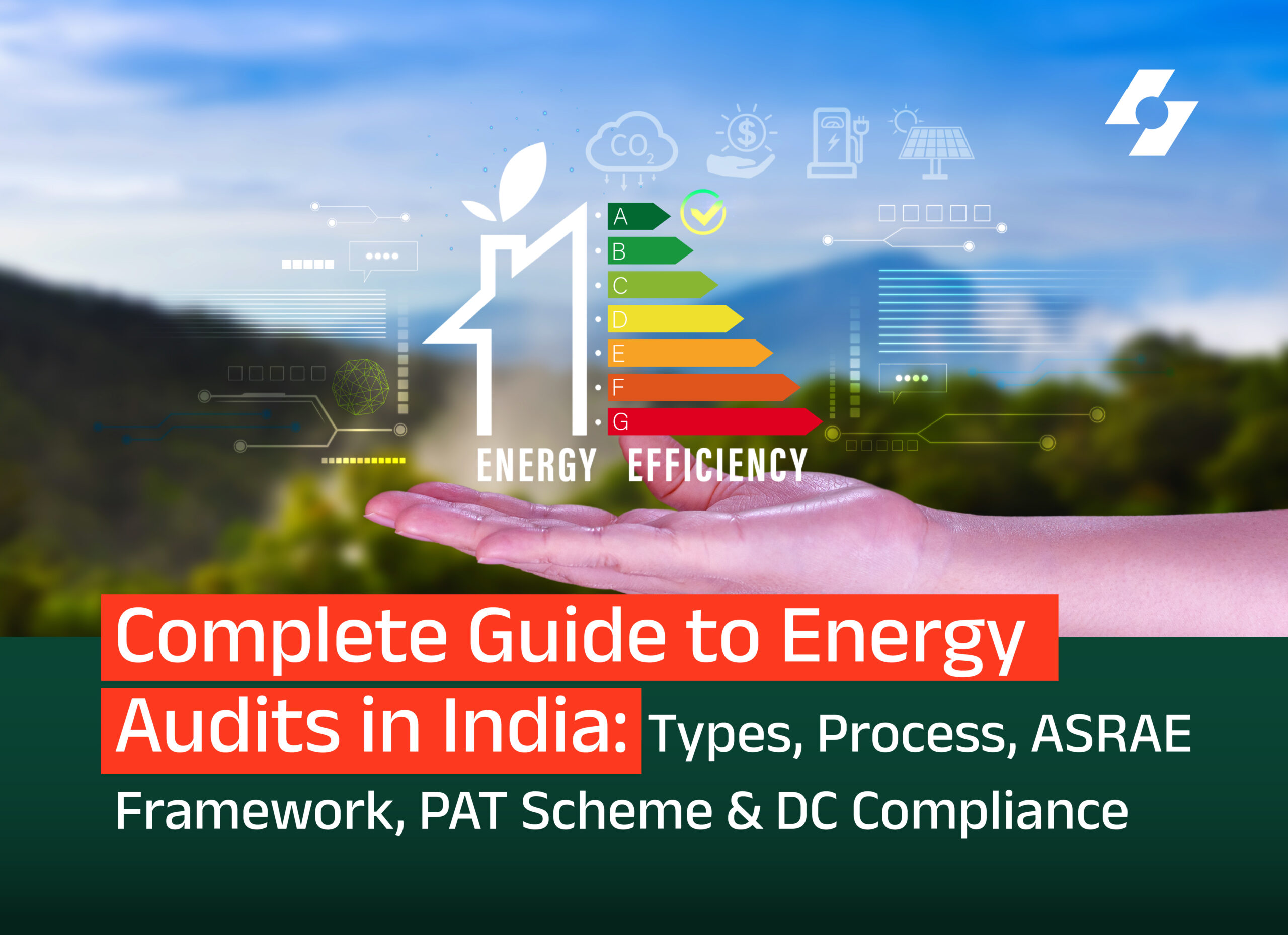The 2022 deadline for India’s solar target is looming large, and now is the time when all states should be working cohesively towards enabling solar expansion. Instead, several states in the country have ended up creating more roadblocks for project development. The ongoing debacle between renewable developers and the Andhra Pradesh government over the past year is well documented. Now, Haryana seems to be heading in a similar direction.
After Andhra, Haryana’s Flip-Flop on Solar Development is Costing Developers


The 2022 deadline for India’s solar target is looming large, and now is the time when all states should be working cohesively towards enabling solar expansion. Instead, several states in the country have ended up creating more roadblocks for project development. The ongoing debacle between renewable developers and the Andhra Pradesh government over the past year is well documented. Now, Haryana seems to be heading in a similar direction.
Hurdles in Haryana
Solar developers claim that low land clearances, high cost of farmland, transmission woes, and lack of support from the distribution companies (DISCOMs) have derailed the growth of the solar in the state. There have been many instances when the final connectivity and connections have been denied to the developers, which is a major impediment for the smooth functioning of the entire system.
The regulatory hurdles created by the state distribution utility, coupled with the helplessness of the state government ,have made developers with upcoming projects in the state skeptical about the future. Some fear that they might lose their investments if things do not improve.
So far, around 1.05 GW of projects have been allocated in the state. The developers claim they have invested nearly ₹20 billion(~$265.14 million) towards the development of solar projects in the state, which now hangs in the balance with the state distribution utility creating hurdles.
Developers are hoping that the state government will intervene to find an amicable solution to this problem. According to the developers, the state DISCOMs are denying the signing of the connection agreement and granting long-term open access (LTOA) to solar power parks and projects allocated by the Haryana Vidyut Prasaran Nigam Limited (HVPNL), the state entity responsible for power transmission.
The series of events
In 2016, the state government issued the Haryana Solar Policy inviting developers to set up solar power projects and solar parks under the open access system in the state. In July 2018, the Haryana Renewable Energy Development Agency (HAREDA) issued the final guidelines for solar projects and parks and started accepting applications for the development of solar projects in the state.
Following this, the developers were asked to acquire land, submit financial closure letter, application fees, and bank guarantees.
Then, in November 2018, HAREDA issued a notice saying that the guidelines under which the projects were allocated would be treated as provisional,and another meeting would be organized.
Then, in a month, it canceled all the allocations and termed them as null and void.
In 2019, HVPNL issued final guidelines with changes, and consequently, new applications were sought from developers.
In March 2019, the state announced that wheeling and transmission charges would not be levied for ten years from the date of commissioning for all those captive solar PV projects which have submitted applications for registration, purchased land or have taken the land on lease for 30 years and have bought equipment and machinery or invested at least ₹10 million (~$0.14 million)/MW to set up such captive solar PV projects till February 13, 2019. It also said that cross-subsidy charges and additional surcharges do not apply to captive solar PV projects. Following this announcement, Amplus and CleanMax Solar both initiated the process for setting up solar projects in the state. While Amplus said that it would be investing ₹7.5 billion (~$110 million), CleanMax Solar’s invested ₹6 billion (~$86.4 million).
HVPNL granted in-principle feasibility to the solar projects, and the developers were again asked to acquire land, get the financing, and submit the bank guarantee. The projects were to be completed in a year.
Further, HVPNL approved the construction of transmission lines and bays for the projects. Following this, the DISCOM demanded the cancellation and stay of the project development, citing technical and financial reasons.
Then, HVPNL objected to this move by the DISCOM, calling it “anti-renewable.” They further alleged that the technical and financial reasons put forth by the DISCOM were baseless.
Meanwhile, the state DISCOMs requested Chief Minister (CM) M.L Khattar to change the definition of captive power projects and change the entire selection criteria for the permission to grant connectivity and connection to the nearest substation.
Subsequently, HVPNL asked the developers to resubmit information for the re-evaluation of applications according to the new terms and conditions. All these factors and delays have created a sense of uncertainty and skepticism in the minds of the developers who are not sure about the future.
Compared to the target of 2.5 GW, only 38 MW of solar projects have been approved in the state. Around 380 MW of projects have been awarded final connectivity by HVPNL and are in various stages of completion. As per the state guidelines, huge investments have been made towards land and bank guarantees by the developers, even before the grant of open access,which shows the commitment on the part of the developers.
Speaking on the current situation in Haryana, Amritesh Singh Soora, AGM-Business Development at Sunsure Energy, said, “The current situation is building up like the Andhra Pradesh and shares many similarities. However,in the case of Haryana,it is the same government which had issued the state solar policy that is now backing away from it. This change is in contradiction with the regulations issued, and when the regulations were issued, the department of renewable energy was with the previous CM of Haryana.”
As reported by Mercom earlier, the Andhra Pradesh government’s decision to renegotiate power purchase agreements (PPAs) had created a huge uproar among the stakeholders in the state. The new government led by Jagan Mohan Reddy had said it would cancel the PPAs for wind and solar projects signed by the previous administration, which was led by Chandrababu Naidu unless the PPAs were renegotiated.
“Incidentally, the state and the central government are of the same party, yet there is a difference in how they view and promote renewable energy. However, the government is backing away from its obligations and duties. By allowing renewable energy within the state, the state government can reap manifold benefits and create real earnings for the people of Haryana,”he added.
The investments made by the developers in solar projects across the state have been backed by leading investment firms like Petronas, UK Climate Investments LLP-UK, International Finance Corporation (IFC), Asian Development Bank (ADB), and Dutch Finance Development Company FMO among others. India’s financial institutions like the Indian Renewable Energy Development Agency (IREDA), Tata Cleantech, and others have also backed the developers for establishing solar projects in the state.
Speaking about the demands of developers, Soora, said, “All qualifying criteria set by the state government and power utilities to weed out non-serious players have been followed, yet the nodal agency for open access is not granting the approvals. This is in contradiction to the rules and policies set by the state and the Haryana Electricity Regulatory Commission (HERC). The exercise being undertaken to delay the issuance of approvals and the limitation of the control period is not required and creates a negative sentiment. The developers hope that the government bodies recognize the benefits of renewable energy and abide by the Electricity Act, which has been passed by the Parliament of India.”
Recently HERC waived off renewable purchase obligation backlogs up to 2019 for the DISCOMs and imposed an additional surcharge of ₹1.15 (~$0.015)/kWh on the purchase of open access power. The DISCOMs had also requested HERC to impose restrictions or even suspend open access facilities during off-peak hours of the day as required.
What should be done?
Developers still believe that this delay will further extend as the last of many high-level meetings (including CM’s meeting with the departments) ended without any firm decision. After a long wait, a few developers have put up a petition with the state regulatory body to speed up the signing of the connectivity agreement. However, the decision has not been taken yet.
Speaking on the latest development, Gurjeet S Barara, Executive Director at LR Energy, said, “It seems that the plight of solar developers is never-ending. The developers are keen to continue and request the government to come up with some relief and decision to speed up the approval process. Right now, the need of the hour is a swift response from the state government.”
Recently, the Ministry of New and Renewable Energy (MNRE) had to intervene to calm the matters in Haryana. MNRE directed the Government of Haryana to honor all the allocations made to the solar power projects and solar parks and treat them as sacrosanct.
“The government has to take positive steps to clear all the projects which are stuck due to departmental delays, make a single-window clearance cell for smooth and fast approvals, and provide some relief to the developers who are already under a huge financial burden to set up the project. This is delaying revenue and job opportunities in the state also. This delay in getting the approvals has put most of the developers in a dire financial situation and on the brink of being declared non-performing assets by the financial institutions,” Barara added.
Barara added that there are many developers like Greenyana Solar, Ray Power, and Amplus who have invested in solar projects in the state but have not been grant connectivity to the grid. While the situation on the ground is problematic, developers are still hopeful that a consensus between the three stakeholders – power utilities, state government, and developers, will be reached soon.
“There should be a platform where the state government, power utilities, and developers come on a common platform and discuss the concerns so that a common way forward can be developed. The current issue requires that the state government, in accordance with the Electricity Act and other applicable state policies, should grant long-term open access to applicants. The government should lead the discussions and instruct the utilities to follow the policies and the guidelines set by the utilities themselves,” added Soora.
According to Mercom’s India Solar Project Tracker, Haryana has a total of 83 MW of solar projects in operation and 427 MW of projects in the pipeline as of March 2020.
The future demands a synergy between state utilities and renewable generators in the state if the state wants to build a sustainable future and contribute to India’s solar target effectively. More importantly
“At this time, attracting investment is already incredibly challenging. But now, we have states that are putting up hurdles, delaying approvals, and driving developers and investors to the brink. This cannot be a good sign to entice future investments, and it damages the reputation of the country as friendly to renewable energy,” said Raj Prabhu, CEO of Mercom Capital Group.


